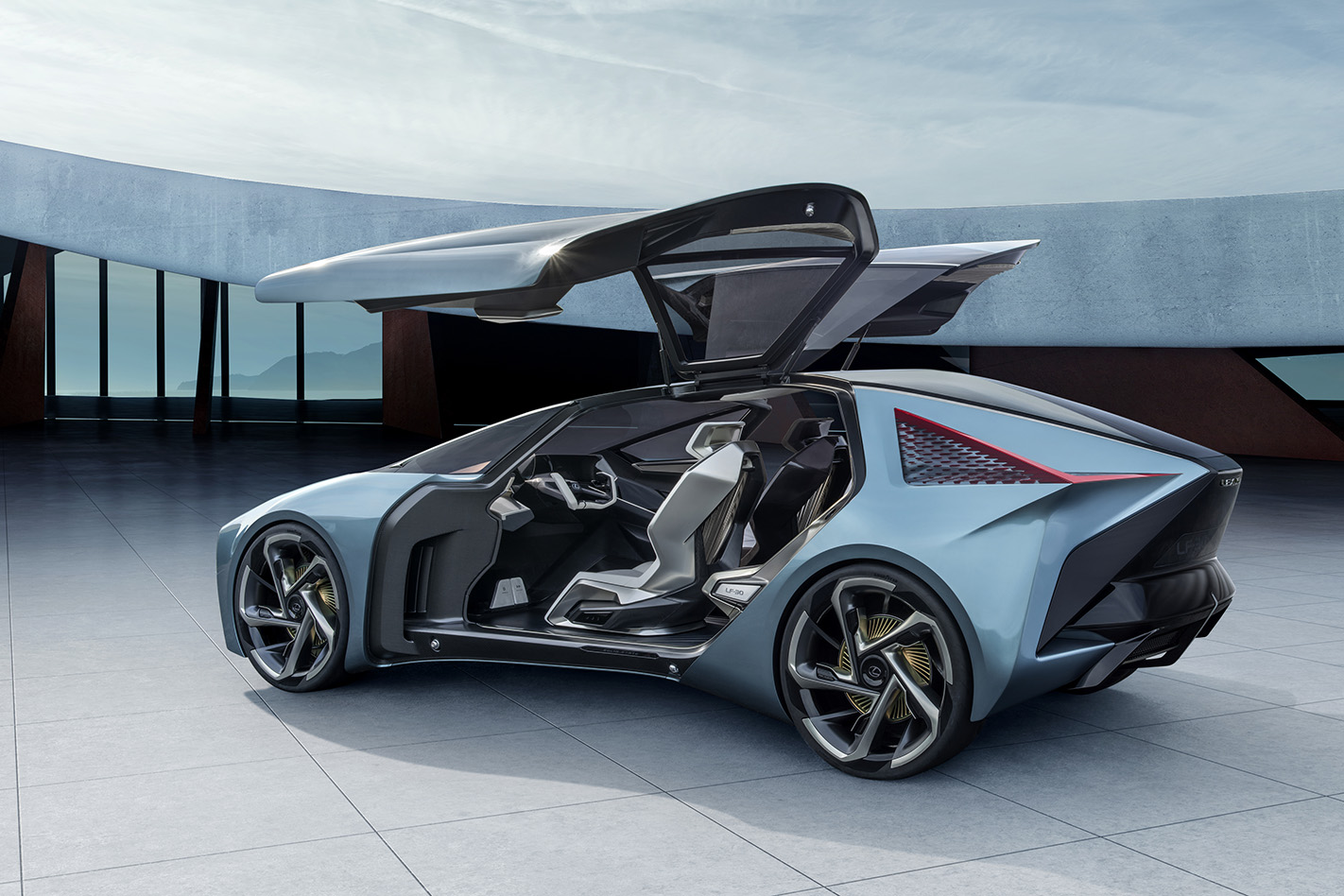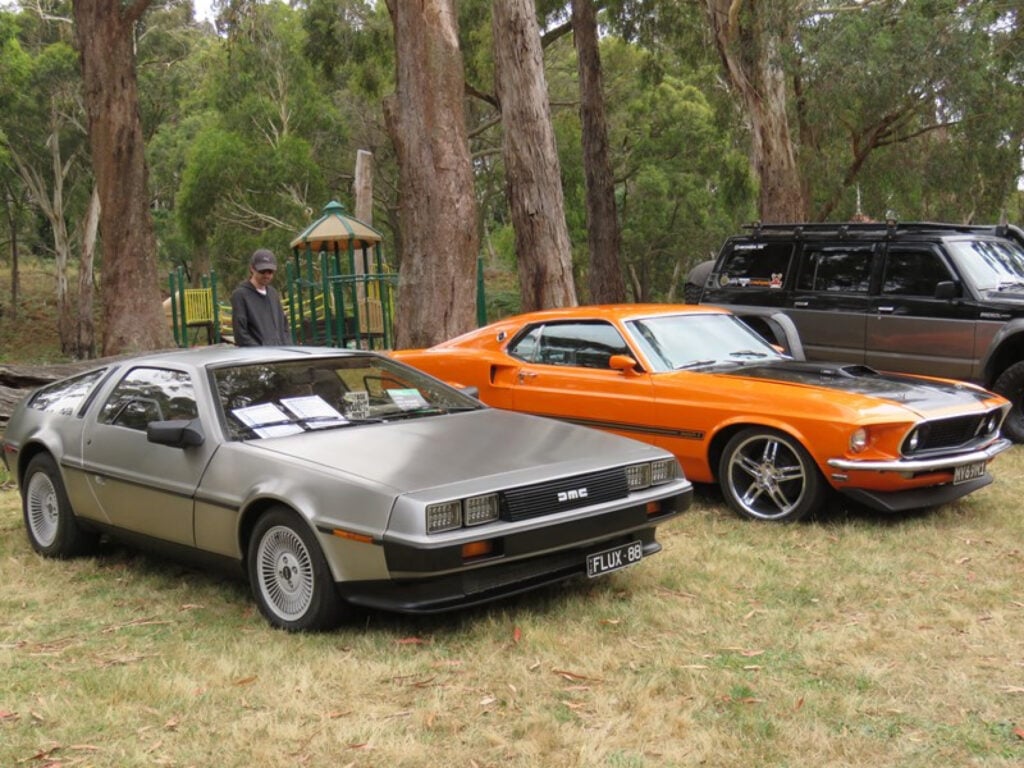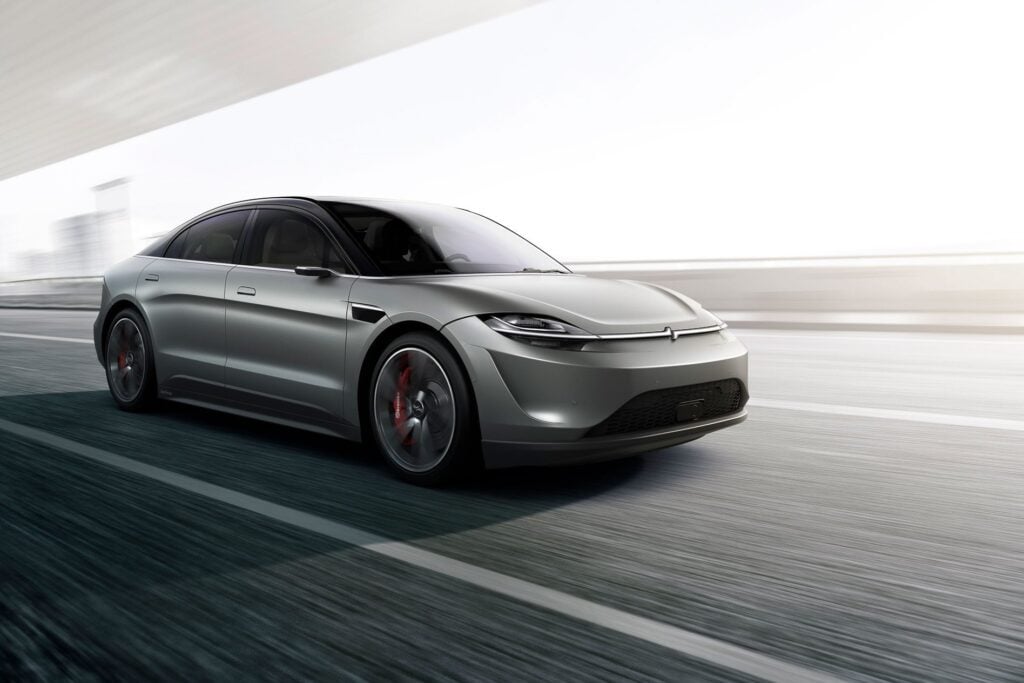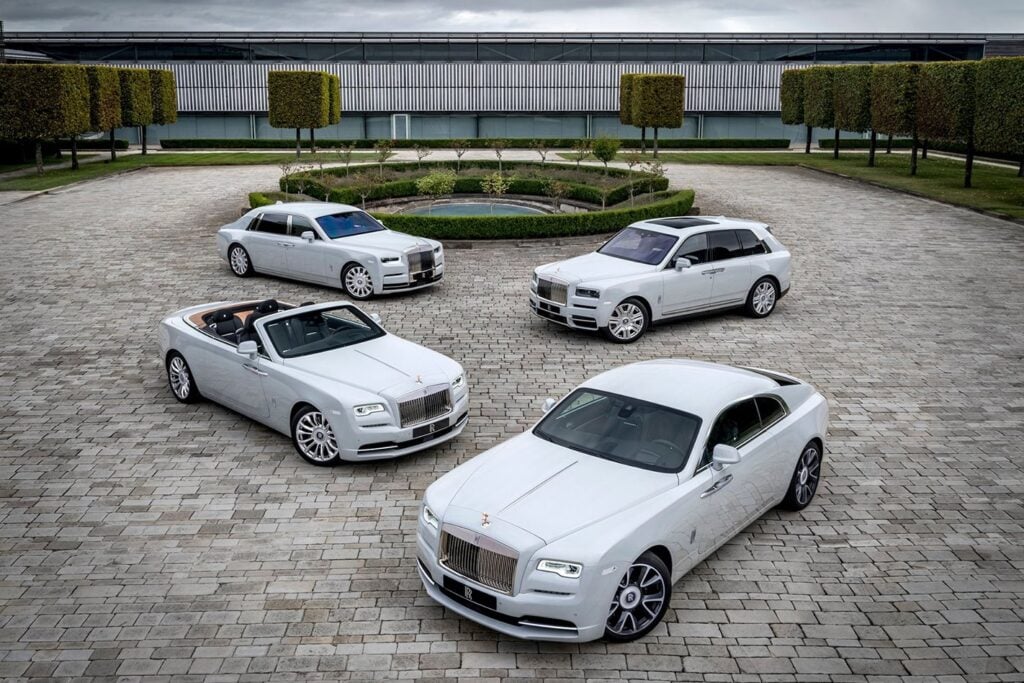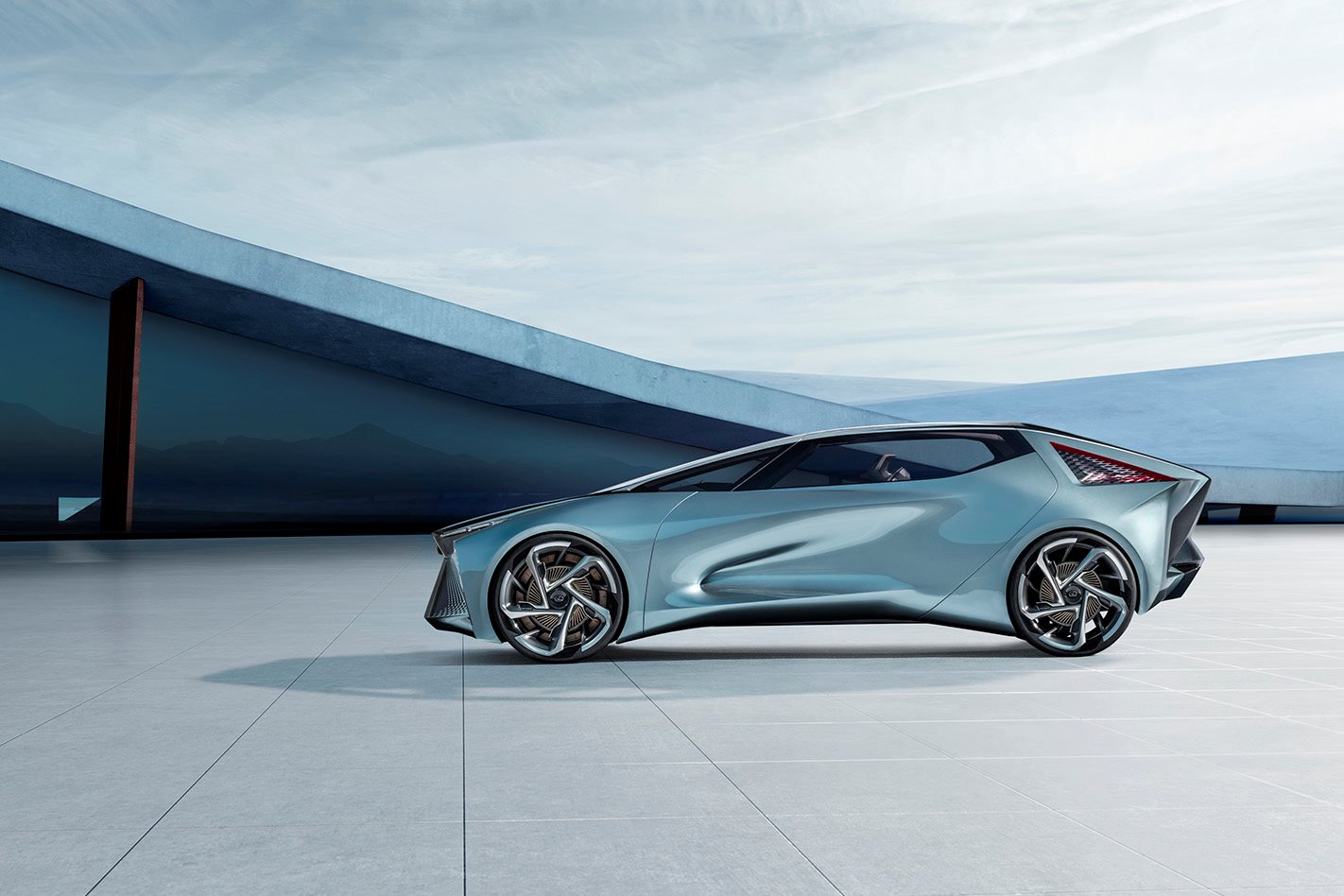
It’s a mild Tokyo day and I’m sitting across the table from Lexus’ top designer Ian Cartabiano in a nondescript portable office, the kind of demountable commonly found at a construction site. But there are no excavators or cement mixers outside.
Rather, we’ve retreated to this office to find some quiet from the noise and hustle that’s just 20 metres away at Lexus’ Tokyo Motor Show stand, where Cartabiano and his colleagues have just whipped the covers off the stunning Lexus LF-30 concept, and we’re here to talk about design.
“An EV doesn’t have to be boring and silent,” Cartabiano says.
“In my opinion, we’re a future-looking, forward facing brand. From a design point of view electrification really provides a lot of freedom for designers and interior packaging to create something new, and the only reason to hold onto traditional cues is to make for an easier visual transition for our traditional customers. “
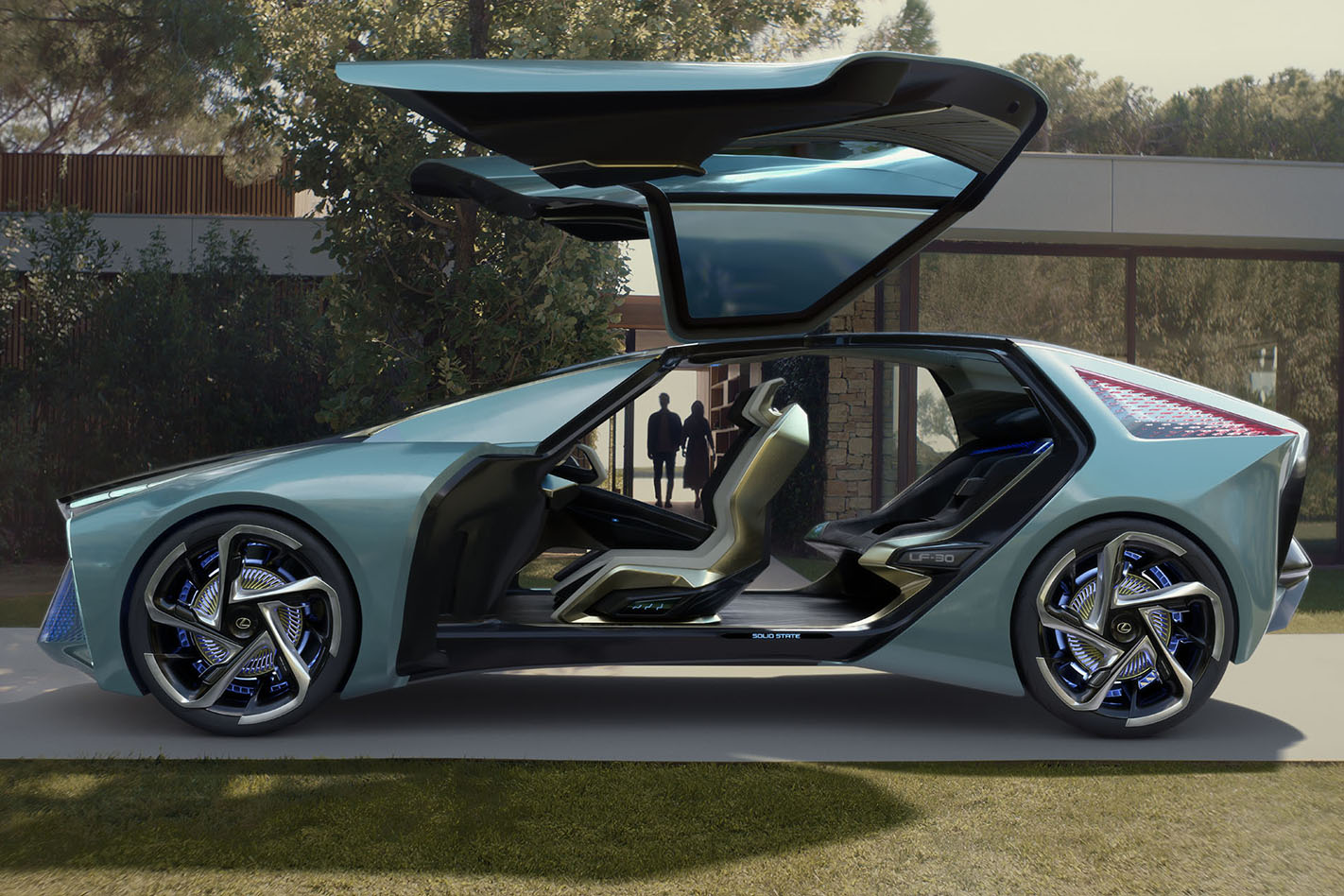
“But I think we’re at the point now where we should make a more futuristic and braver statement, and really take advantage of what EV technology can provide.”
The LF-30 certainly treads a different path. It’s a lot bigger than photos and com-gens of it suggest, with its 5090mm length and 1995mm making it both longer and wider than a 200-series Toyota Landcruiser.
For Cartabiano, the LF-30 doesn’t really fit into any established automotive genre. That’s entirely intentional – it’s purely a concept, with no production derivative in the pipeline, but it’s a crystal ball exercise that aims to examine what a future Lexus could look like in 2030. By that point, Lexus expects that the market segments we know today will have shifted somewhat, and the LF30 suggests that there will be considerable cross-pollination.
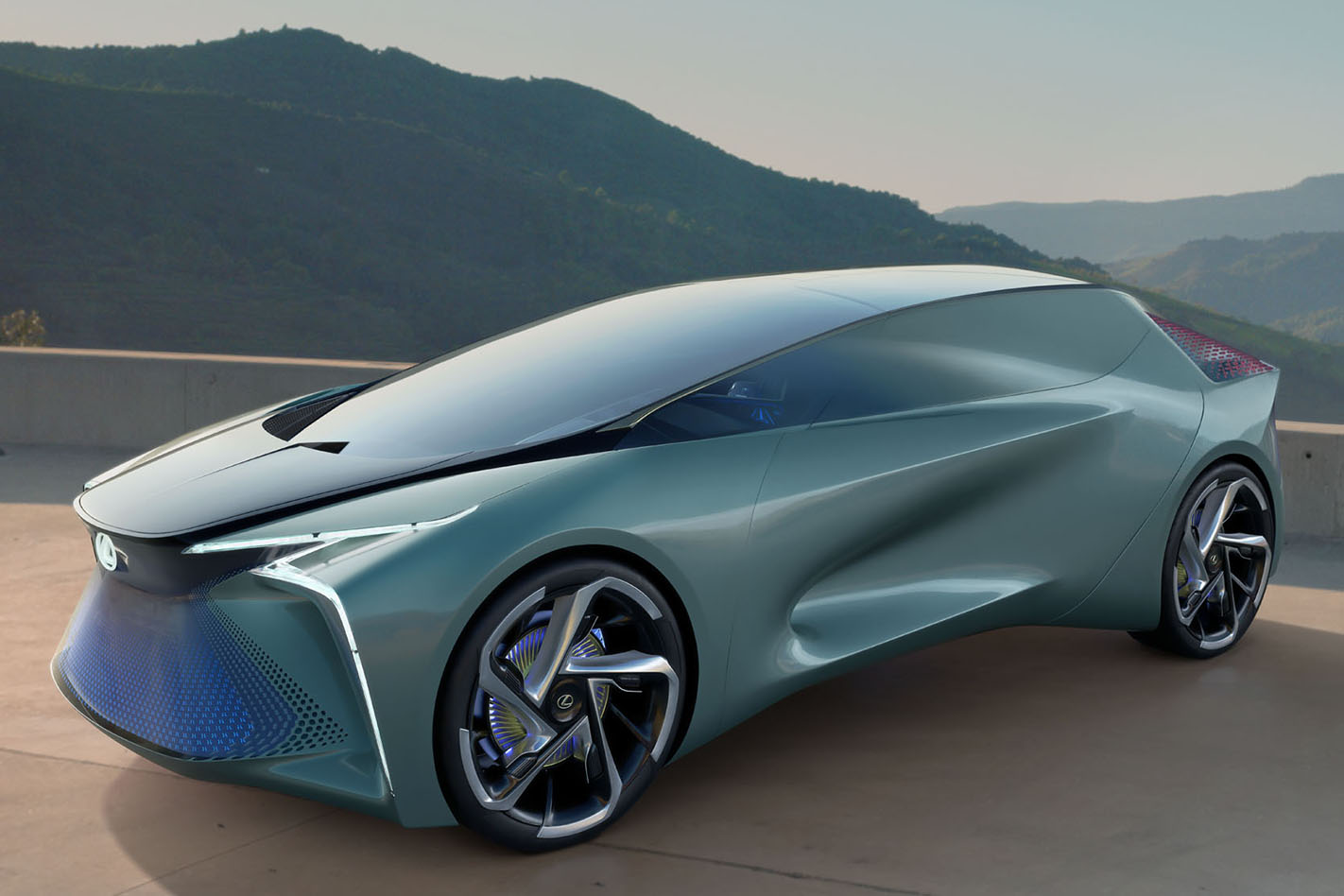
“If somebody asked me what type of car is this car, for me it’s intentionally a new genre of luxury-performance vehicle.”
“It’s not really a sedan and it’s not a coupe and it’s not a crossover, it’s a new type of luxury-performance car that has the sleek attitude of a performance vehicle but the interior space of an LS – more than an LS, to be honest with you – and with the seating position and the driving dynamics of an LC, and the stance of an LC.
“I think that’s a really interesting combination, and it can only happen with an electrified platform.”
He makes no promises about what design cues might transfer across to Lexus’ future production cars, but Cartabiano has a demonstrated knack for crafting designs with staying power.
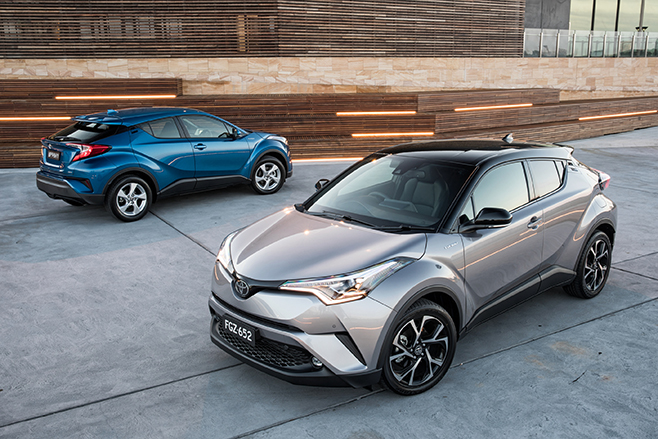
Currently the head of Toyota’s ED2 design studio in France and formerly head designer of Toyota’s famous Calty studio in the USA, Cartabiano has been responsible for many of Toyota and Lexus’ most aesthetically-appealing cars of recent years. The design of the Toyota C-HR, a car that demonstrated crossovers need not be conservative and formulaic, is his creation, and so is the handsome Toyota Camry and the Lexus LF-LC concept that eventually became the gorgeous Lexus LC 500.
The tough-looking Toyota FT-4X concept (below) is another design to bear his signature, and one that demonstrates his ability to incorporate practical and utilitarian considerations into his work, as well as the typical ‘what if’ elements.
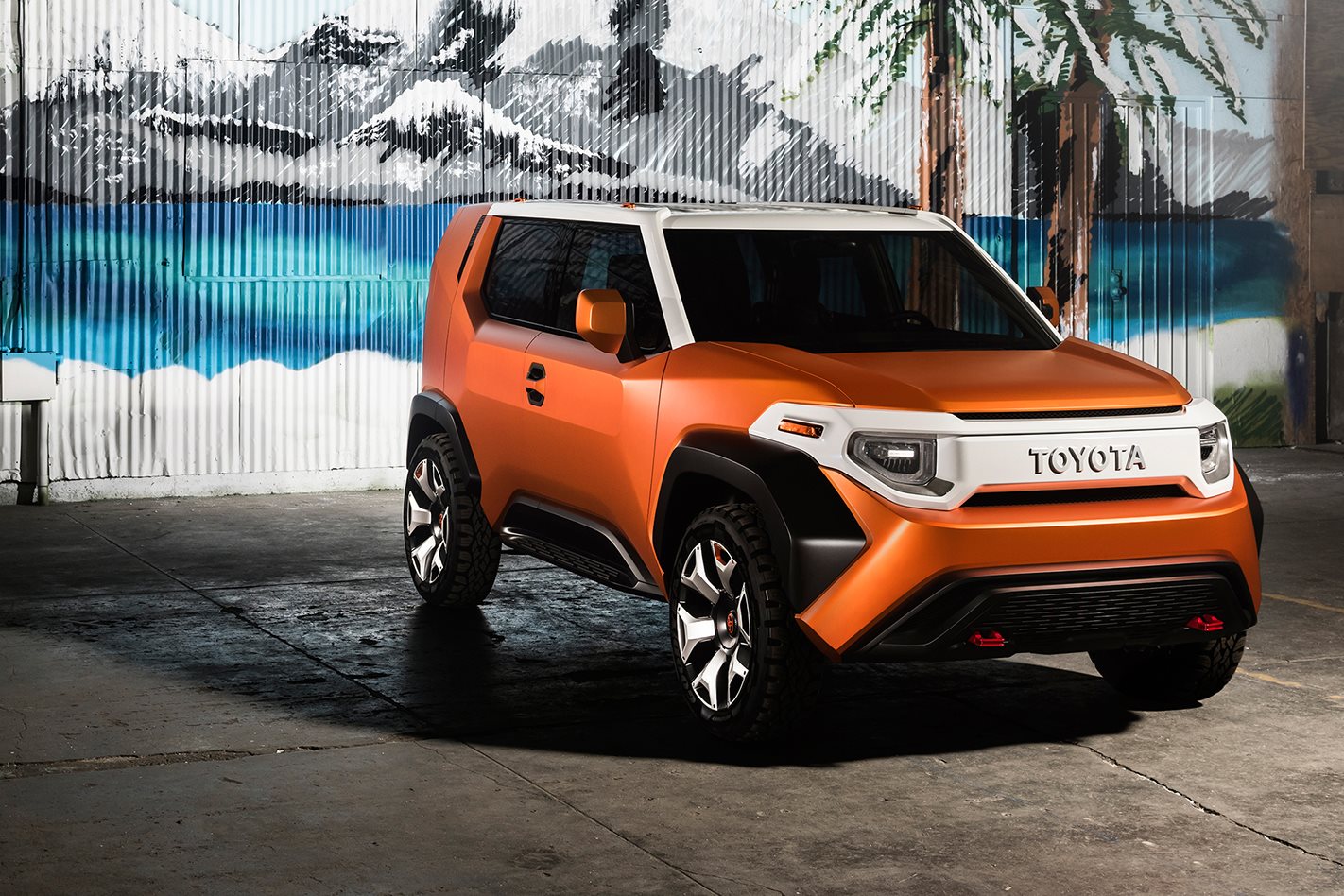
“Fantasy is a large part of every concept car, but more so for this one. For this car we had the license to dream, which is a very rare opportunity especially for this brand,” he said.
“With this car it was really an expression of where we can go as a brand for electrification for the next 30 years. We wanted to push the boundaries a little more than this one and exercise some creative freedom and try to maybe set the tone for what could happen in the future.”
There are, however, some things that Cartabiano doesn’t think belong in cars of the future – at least not privately-owned ones. The trend for wheeling out autonomous boxes with loungeroom-styling seating is not one that resonates with him.
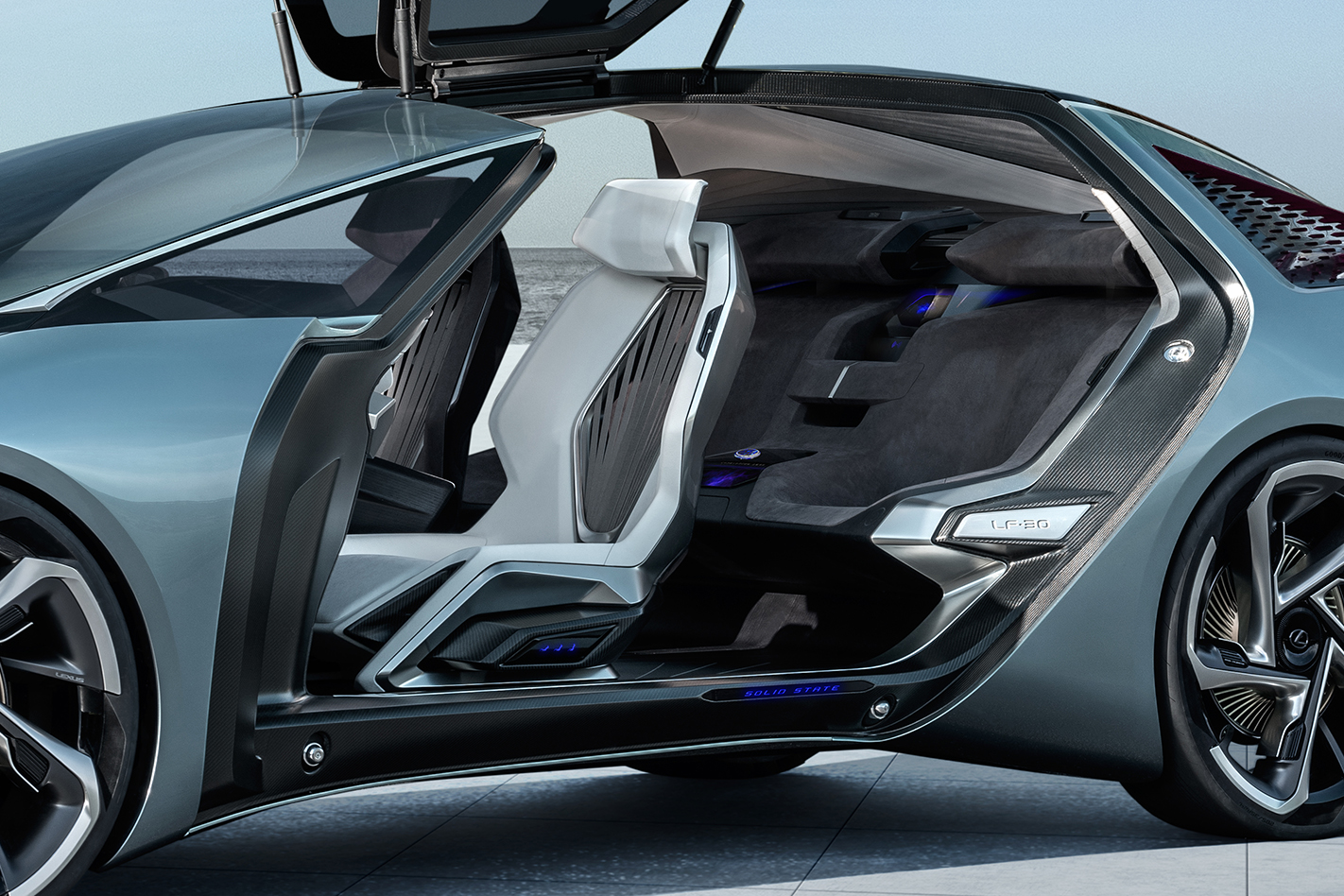
“Sometimes it’s easy in this era of autonomous driving and electrification to make a living room on wheels, to make a loft on wheels. It’s kind of a go-to standard. But I don’t think that’s the only solution, especially for a luxury brand where ownership is important.
“If you think about the realities of global government regulation and safety, seats that turn around are really a non-starter.”
For Cartabiano, a bigger priority is how to inject some emotional excitement into the electric car experience. Though the LF-30 occupies a gargantuan footprint, the big battery-electric has a theoretical 0-100km/h sprint of just 3.8 seconds and a top speed of 200km/h, courtesy of 400kW and 700Nm outputs from its four in-wheel electric motors.
All-wheel drive performance is something that’s close to his heart too. Back home, he’s got a 1993 Toyota Celica GT4 sitting in his driveway.
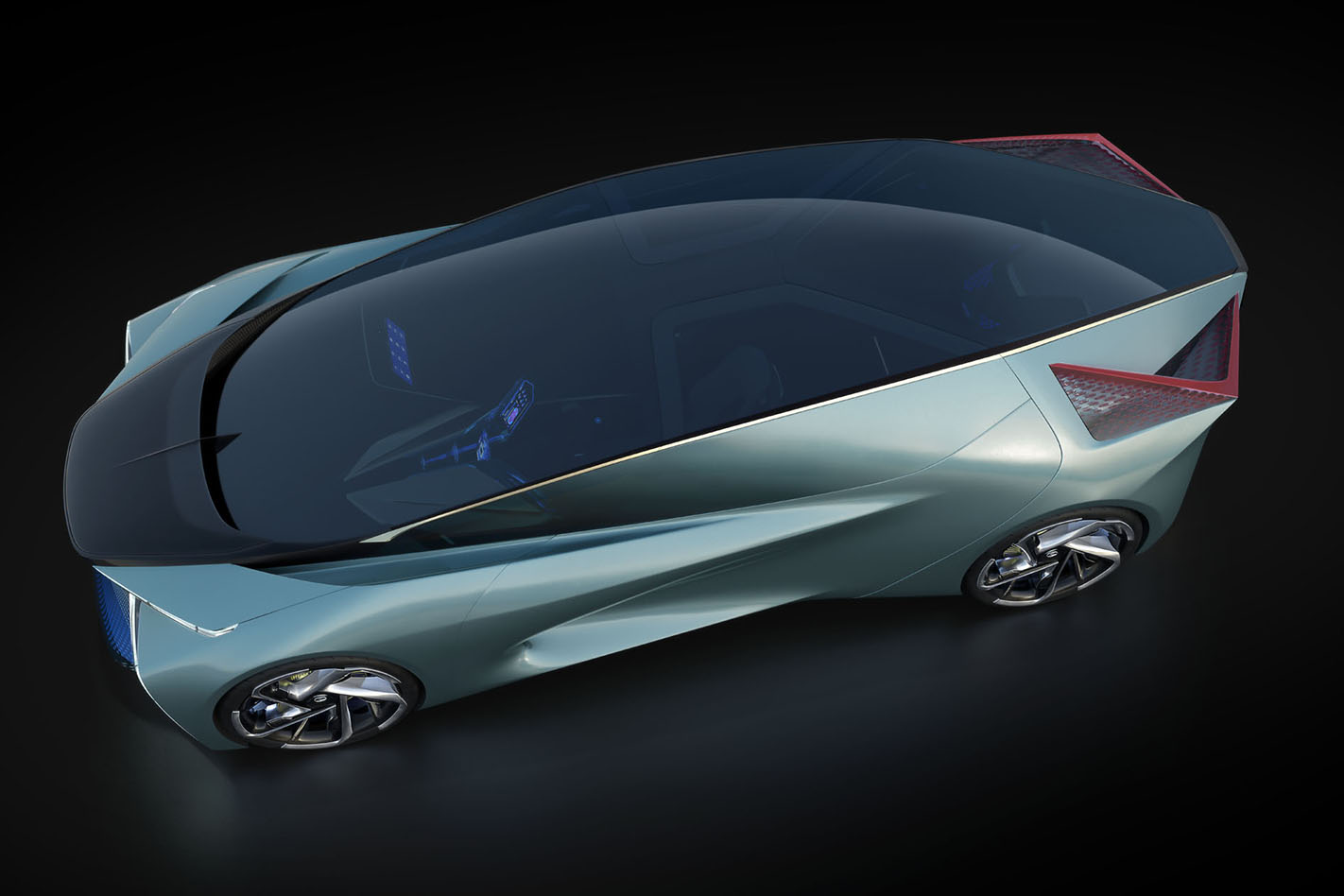
“Electrification can be really exciting for performance,” Cartabiano says. “I’m a car guy, I love driving, and I love the feeling of torque and horsepower. Electric motors provides something really exciting, especially if we can enhance the sound of it, make them a bit more mechanical, more turbine-like… that could provide a thrilling experience.”
“Sometimes a box or a cube on wheels is what’s needed, depending on use, but this car’s intention was really to show a different way for electrification – more emotional, really focused on driving and performance, and a beautiful space for your passengers.”
